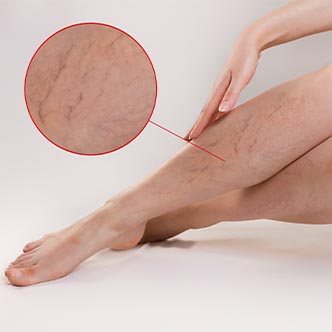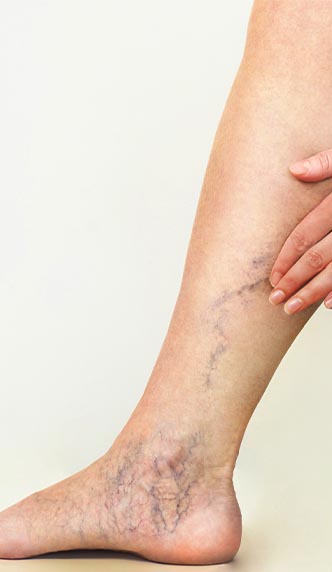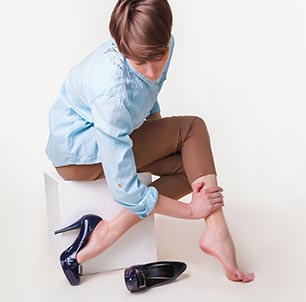CAUSES OF VARICOSE VEINS DISEASE:
The varicose veins occur due to the stagnation of blood in the veins. As we know, the heart pumps oxygenated blood throughout the body, supplied by a network of arteries. The deoxygenated blood then returns to the heart via these veins. When the deoxygenated blood comes back from the legs towards the heart, against the gravitational force, the valves present inside the veins help in pushing the blood in an upward direction. When these valves and the walls of the veins become weak and damaged, the venous blood becomes stagnant in the leg and ankles. As a result, the individual suffers from cramps in the leg and calf muscles and swelling around the ankles. Due to the restricted flow of blood, the skin may also turn purple in appearance. If not diagnosed on time, the problem may intensify and become ulcerous. Some other symptoms include itchiness around the skin.



